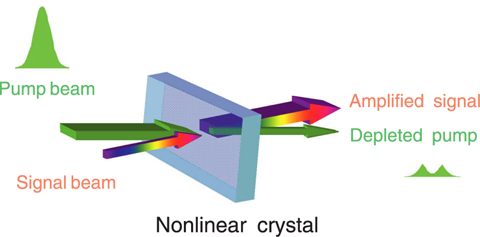Fig.4-26 Temporal contrast of laser pulse

Fig.4-27 Conceptual diagram of Optical Parametric Chirped- Pulse Amplification (OPCPA)
Ti:sapphire crystal is widely used as the lasing medium of choice for high intensity lasers. However, this material also causes critical technical problems such as unwieldy equipment size and unacceptably large noise levels which means low temporal contrast (Fig.4-26). Here, the contrast is time-dependent and defined as the ratio of the intensity of the noise to the peak intensity of the main pulse. Typically, terawatt (TW, 1012 W) Ti:sapphire laser amplifiers themselves require a space of a few meters square and have a contrast of ~10-6. Therefore, at high intensity, the noise level can exceed the ionization threshold of a target, which can destroy or significantly modify the laser-plasma interaction processes. For the laser driven accelerator, the accelerated energy is limited by the noise level.
In order to solve these problems, we have improved the optical parametric chirped-pulse amplification (OPCPA) technique (Fig.4-27). The OPCPA affords significant reduction in the noise level compared with conventional systems because the amplification occurs only within the time of the pump pulse. For shorter pump pulse durations, the amplification time width is shorter, minimizing the noise amplification, and allowing high contrast. For the OPCPA we have (1) improved the pump-to-signal efficiency by increasing the spatial overlap between pump and signal beams and (2) added more precise control of amplification gain and spectrum by the use of multiple stages. By using these techniques, it is possible to increase the contrast and reduce the size of the high intensity laser.
This improved OPCPA laser facilitates a decrease in optical component size by at least an order of magnitude and at least a two order of magnitude improvement in contrast. With this compact system, a peak power of 3 TW was realized. This is the world's highest power compact OPCPA laser. These improvements in the high intensity laser technology are expected to make possible medical applications that use laser driven accelerators for therapy, and industrial technology.